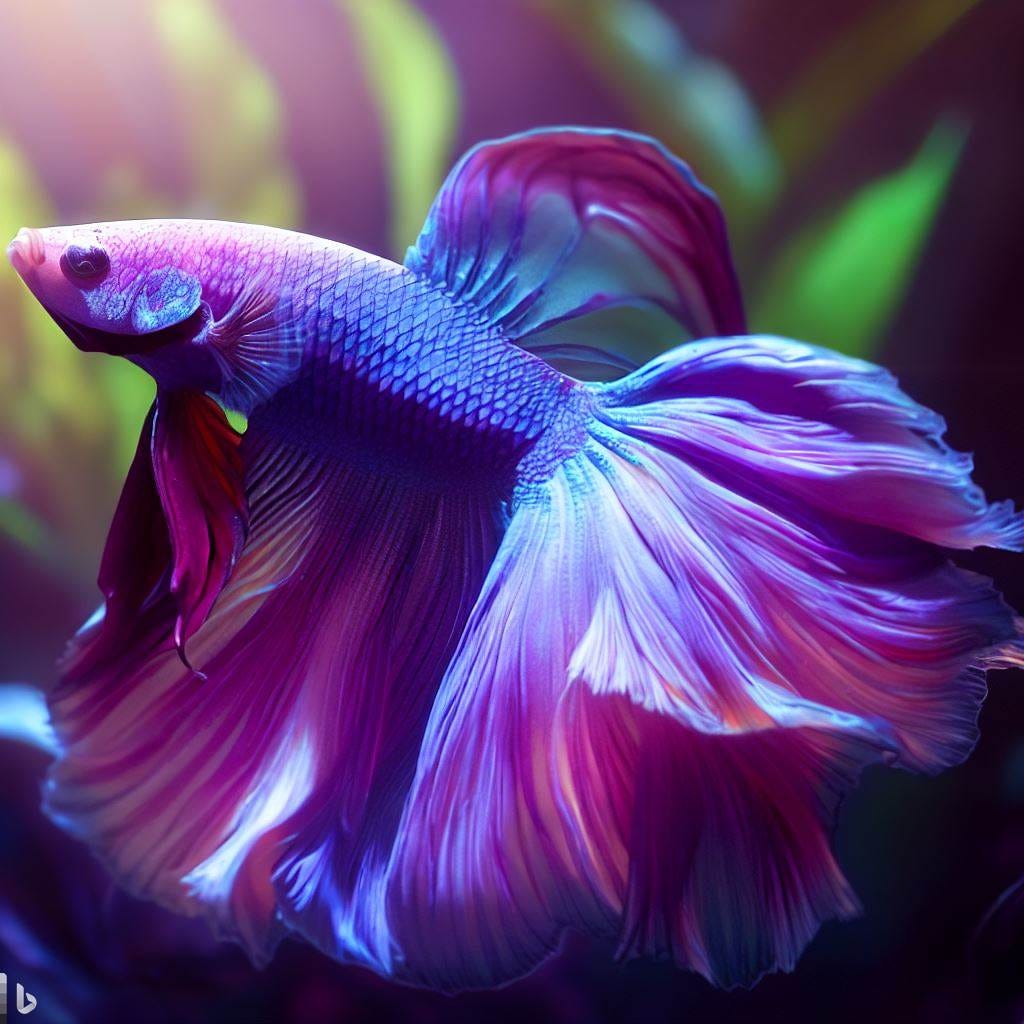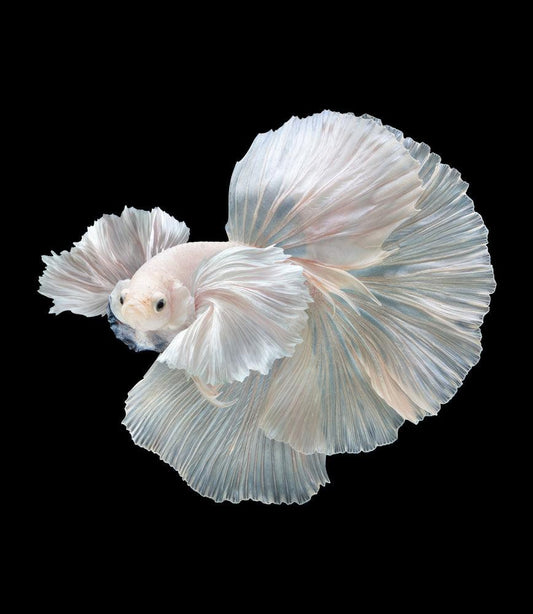How to Develop the Perfect Betta Fish Environment in your home
How to Develop the Perfect Betta Fish Environment in your home
Blog Article
Breeding Betta Fish: a Comprehensive Step-By-Step Overview to Efficiently Raising Child Bettas From Eggs to Their Adult Years
Breeding Betta fish is a careful undertaking that needs mindful planning and implementation to guarantee the successful growth of fry from eggs to develop fish. As the male Betta carefully constructs a bubble nest and guards the precious eggs, the succeeding phases of treatment and change demand interest to detail and knowledge of finest techniques.
:strip_icc()/how-long-do-bettas-live-1380782-hero-813aa5d34bab48cdb333edfe02471dad.jpg)
Picking Reproduction Pairs
When starting the journey of reproducing Betta fish, picking the appropriate breeding pairs is critical to achieving preferable qualities and a healthy and balanced family tree - betta fish. The very first step in this procedure is to recognize the specific attributes you want to improve or maintain, such as color, fin kind, and body form. It is vital to select genetically varied sets to stay clear of inbreeding, which can cause health concerns and unfavorable features
Assess possible reproducing candidates carefully. A healthy and balanced male Betta ought to exhibit dynamic shades, an active demeanor, and well-formed fins, while the female ought to additionally display vivid pigmentation and a rounded stubborn belly, showing readiness for spawning. Observing the temperament of both fish is important, as hostile or overly reluctant individuals may not breed successfully.
Keeping documents of the parent fish's ancestry can aid you track genetic attributes and possible problems. Ultimately, investing time in the selection process will dramatically enhance the probability of generating solid, lively spawn that meet your breeding objectives.

Preparing the Breeding Storage Tank
Producing an optimal breeding atmosphere is a key action after choosing suitable sets for Betta fish. The breeding storage tank need to be specifically designed to offer convenience and stimulate the natural breeding habits of the fish. Start with a container size of a minimum of 10 gallons to guarantee appropriate area for both the male and female Bettas.
Preserve a gentle filtration system to keep the water clean while staying clear of solid currents that can stress the fish. Additionally, an air rock can be contributed to supply oxygenation without disrupting the water surface excessive.
Temperature level guideline is critical; go for a secure variety of 78-82 ° F(25-28 ° C) using a reputable heating system. The pH degree need to be preserved in between 6.5 and 7.5, and regular water adjustments are needed to make sure high water quality.
Integrate drifting plants or generating sponges to produce hiding areas for the female, while likewise encouraging bubble nest structure by the male - betta fish. Lastly, ensure the tank is without sharp decors and any kind of potential hazards, as the welfare of the fish must constantly be prioritized during this crucial stage of breeding.
The Reproduction Process
Usually, the breeding process for Betta fish involves a collection of unique and evident habits that suggest preparedness for recreation. The male Betta starts by constructing a bubble nest at the water's surface, which acts as a website for the fertilized eggs. This nest is essential, as it supplies a secure environment for the eggs until they hatch out.
As soon as the nest is established, the man will present courtship behaviors, such as flaring his fins and showing vivid shades to draw in the woman. The lady, upon sensing the man's readiness, will certainly react by displaying upright stripes along her body, signaling her receptiveness.
The fed eggs then drop to find out the bubble nest, where the male very carefully gathers and returns them to the nest. Following this, the male thinks responsibility for guarding the nest and guaranteeing the safety of the eggs till they hatch, typically within 24-36 hours.
Taking Care Of Betta Fry
Taking care of Betta fry requires careful attention to their setting and nutrition to make sure healthy and balanced development and growth. After hatching, Betta fry are exceptionally tiny and vulnerable, necessitating a steady and clean habitat. Preserving a water temperature level in between 78 ° F and 80 ° F is crucial, as Betta fry flourish in warm conditions. In addition, make certain that the water is devoid of dangerous contaminants; normal water changes of 10-20% are recommended to keep optimal water top quality.
Feeding Betta fry is similarly crucial. Originally, they should be provided infusoria or finely crushed premium fry food, as their mouths are also tiny to handle bigger particles. As they grow, you can slowly introduce bigger foods, such as infant salt water shrimp or powdered flakes, to ensure they obtain adequate nutrition. Feed them percentages a number of times a day, being careful not to overfeed, which can result in water quality concerns.
Transitioning to Adult Bettas
As Betta fry fully grown, transitioning them to adult Bettas is an important stage that requires mindful management of their atmosphere and social interactions. This procedure usually starts when the fry get to around 6 weeks old, whereupon they can be gradually introduced to a much more structured living atmosphere.
To facilitate this transition, it is essential to ensure that the water parameters-- such as temperature level, more helpful hints pH, and ammonia degrees-- are optimal and secure. Grown-up Betta fish grow in warm water (around 78-80 ° F) with a pH of 6.5 to 7.5. Gradually accustom the fry to these problems to lessen anxiety.
Social communications are an additional vital element; male Bettas are notoriously territorial and aggressive. It is recommended to separate males right into individual containers as they grow. Women Bettas can be housed together, however care ought to be required to monitor for signs of hostility.
Furthermore, dietary changes need to be made as the fry this expand. Integrate high-quality pellets and live foods to sustain their growth and health. By taking care of these elements efficiently, you can promote an effective transition to their adult years for your Betta fish.

Conclusion
Successful reproduction of Betta fish requires careful interest to detail throughout the whole procedure, from selecting genetically diverse sets to providing optimal treatment for fry. By ensuring appropriate breeding conditions and preserving water top quality, the chance of healthy children enhances significantly. Additionally, a well balanced diet plan and gradual adjustment to grown-up settings are important for the development and development of Betta fish. Complying with these actions vigilantly cultivates a prospering population of Betta fish, improving both their health and wellness and vigor.
Report this page